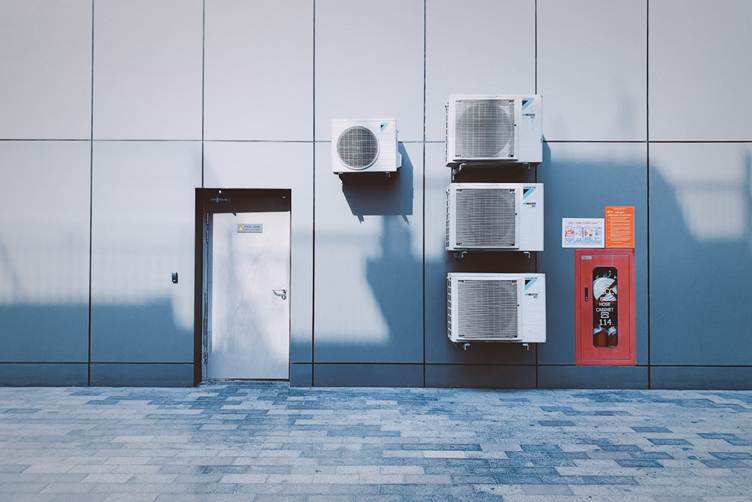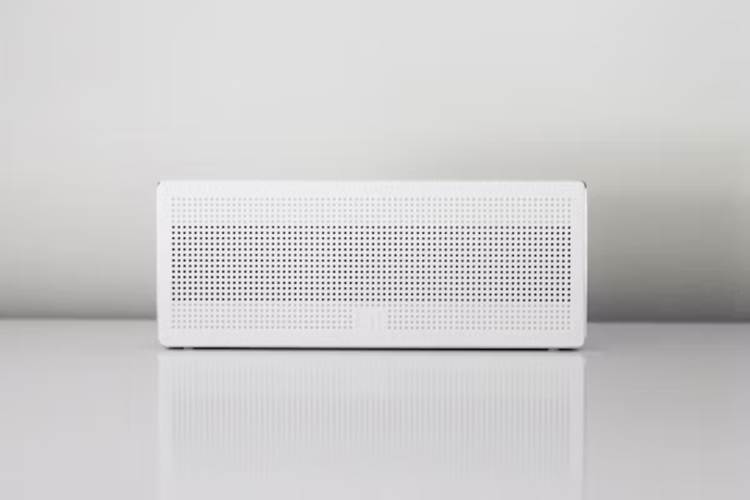When temperatures swing toward extremes, your HVAC system quickly becomes one of the most relied-upon features of your home. It keeps your living space comfortable during heat waves and cold snaps alike. But if your unit hasn’t been looked at in months, or even longer, small issues may have gone unnoticed. These minor problems can lead to bigger malfunctions just when you need heating or cooling the most. To avoid discomfort or unexpected repair bills, a seasonal readiness check is one of the best steps a homeowner can take.

https://unsplash.com/photos/a-wall-with-a-few-doors-994AH40vmVs
Start with a Professional Inspection
Your HVAC system may look fine on the surface, but hidden wear can quietly build up behind panels and filters. That’s why scheduling a professional inspection at the start of each heating or cooling season can be one of the smartest decisions for your home. During an inspection, a trained technician examines all parts of your system, coils, filters, connections, refrigerant levels, and more, to catch wear before it turns into a full failure. If you're unsure where to begin, you can click here to learn more about HVAC services. Having a set of trained eyes to go over your equipment doesn’t just reduce the chance of a breakdown, it can also lead to improved performance and reduced energy costs throughout the season.
Replace or Clean Air Filters

https://unsplash.com/photos/rectangular-white-device-_Ib-JulMgzo
One of the simplest ways to maintain your HVAC system’s performance is often the most overlooked. Dirty air filters not only restrict airflow but force your system to work harder than necessary. That increased strain can reduce its lifespan and drive up your utility bills. Depending on the type of filter your system uses, it may need to be cleaned or replaced every one to three months. A quick visual check can tell you a lot. If the filter is visibly gray or dusty, it’s time for a change. Clean filters keep the air flowing freely, which helps your HVAC system heat or cool more effectively and prevents dust from circulating through your home.
If your system has reusable filters, rinse them with water and allow them to dry thoroughly before reinstalling. For disposable ones, replace them with the same size and model recommended by your system’s manufacturer. Not only will this keep your system running more smoothly, but it can also help improve the air quality throughout your home.
Inspect the Thermostat and Test Settings
Many homeowners forget that the thermostat plays a key role in HVAC system readiness. If your thermostat isn’t calibrated correctly or responds inconsistently, your system may overwork or short-cycle, neither of which is efficient. Before seasonal use begins, check that your thermostat turns on the heating or cooling properly and reaches the correct temperature.
If you’re still using a manual thermostat, this could be a good moment to explore programmable or smart models. They let you schedule temperature changes based on your daily routine, which can significantly reduce energy consumption. A simple weekday/weekend schedule can keep the system from running unnecessarily when no one’s home, while still maintaining comfort when it matters most.
Check Vents and Registers for Obstructions
A blocked or closed vent might seem harmless, but it can throw off the balance of your HVAC system. Restricted airflow puts pressure on the entire setup, often leading to uneven heating or cooling in different areas of your home. Walk through your space and inspect every vent and register. Make sure they’re open and unobstructed by rugs, furniture, curtains, or other household items.
Dust buildup around vents can also impact performance, so take a moment to vacuum or wipe them clean. If any vents are noticeably damaged or loose, re-secure them or consider replacements. Consistent airflow is critical for an HVAC system to operate efficiently. You may not notice an issue until your system struggles to reach the desired temperature, and by then, the energy waste has already added up.
Test the System’s Performance Under Load
Once you've made these checks and adjustments, give your HVAC system a trial run before the weather truly demands it. Turn it on during a mild day and let it run long enough to determine if it can hold the desired temperature. Listen for any strange sounds like rattling, grinding, or hissing. Smells can be revealing too, musty or burning odors could indicate issues with dust buildup or electrical problems.
Check the airflow from each register and feel whether it’s at the correct temperature. If your air conditioner is running but the air is warm, or if the furnace cycles without generating enough heat, something may be wrong internally. This kind of dry run gives you time to catch and correct problems before you’re dependent on the system every day.
Being proactive now helps you avoid last-minute service calls when demand is highest and technicians are hardest to schedule. Take the time this season to go through each of these steps, and your HVAC system will return the favor with a season of reliable service.









